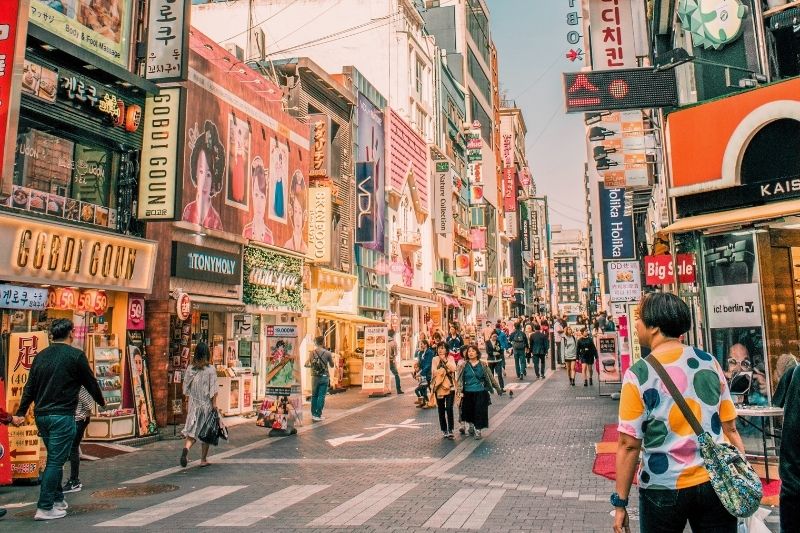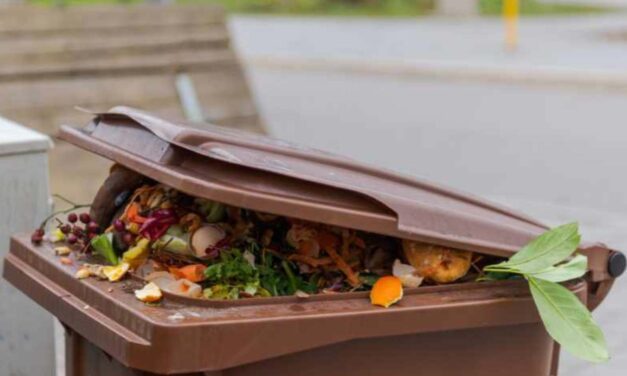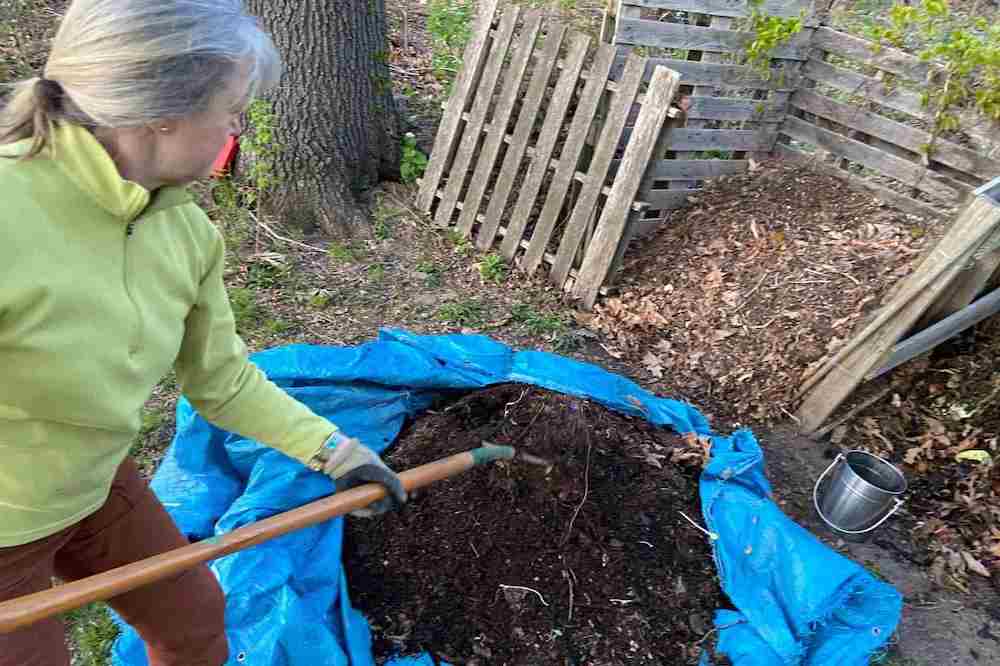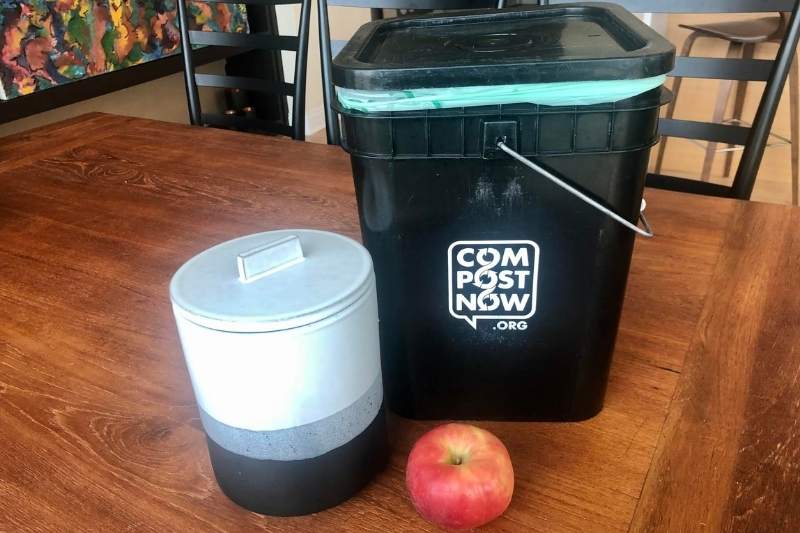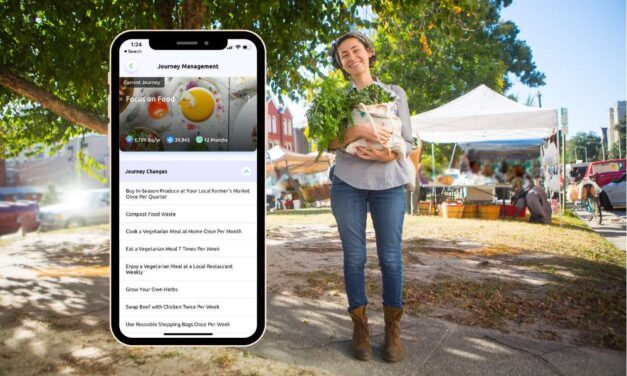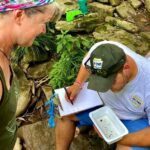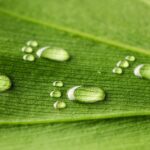Tag: Composting
A Food Waste Recycling Solution that Changed a Nation
Food systems have a high environmental cost — more than 820 million people go hungry every day and many producers struggle to stay afloat. In high-income countries, 35% of the food is thrown out by consumers. Let’s look at South Korea for inspiration on a food waste recycling solution.
Read MoreComposting Champs: US Cities and States Leading the Way
Select cities and states are diverting organic waste from landfills, creating valuable compost for public use. Hooray for composting champs!
Read MoreAn Easy Guide to Backyard Composting
Turn food scapes into rich soil. Here is an easy guide to backyard composting to help you on your journey to live more sustainably.
Read MoreUrban Composting is Possible!
In the United States approximately 100 million tons of food waste are generated each year. Food waste seems senseless when nature has such a great way to regenerate the waste into nutrients for the soil. My urban composting journey began with a couple of clicks.
Read MoreFood Focus Journey Spotlight: Track the Impact of What You Eat
The Food Focus Eco-Journey considers the impact of what you eat, food agriculture, and the plastic surrounding our food.
Read More
Recent Posts
-

-
 The Hidden Water Footprint of Everyday ItemsJun 16, 2025
The Hidden Water Footprint of Everyday ItemsJun 16, 2025 -

-

-
 Apple, Date, and Walnut MuffinsJun 1, 2025
Apple, Date, and Walnut MuffinsJun 1, 2025

